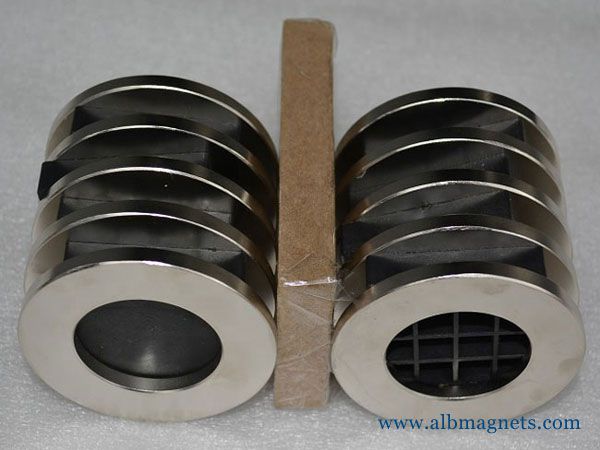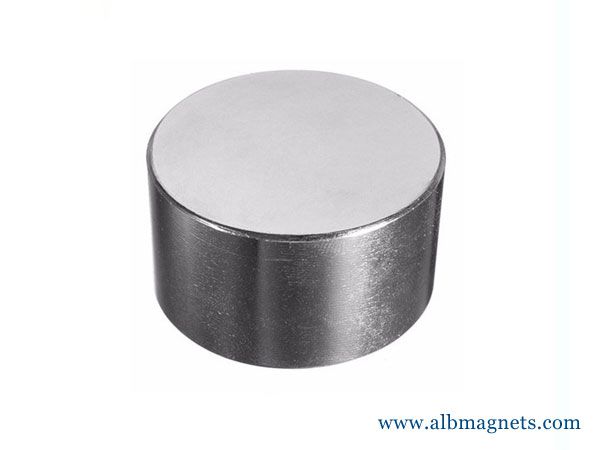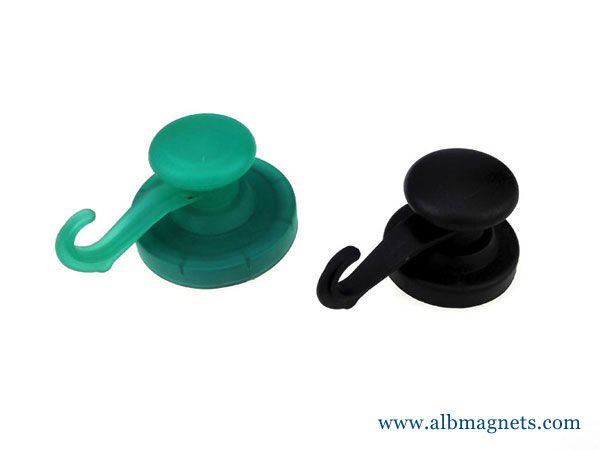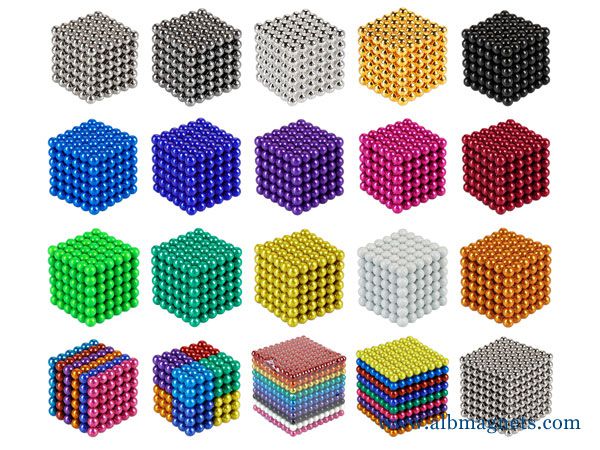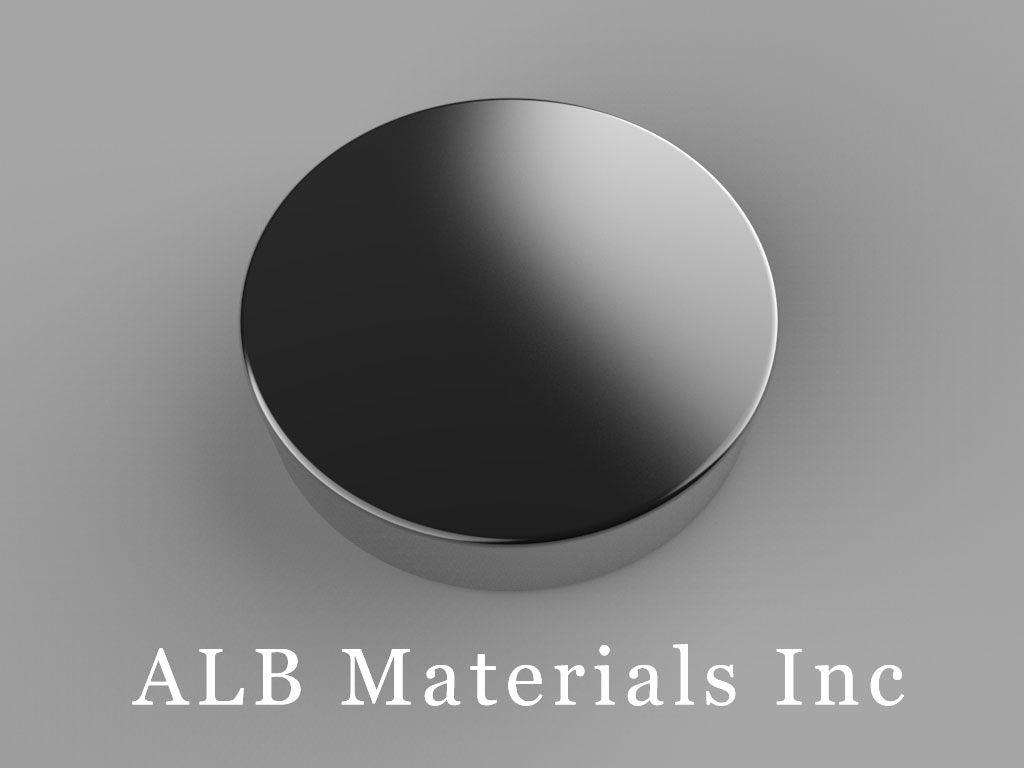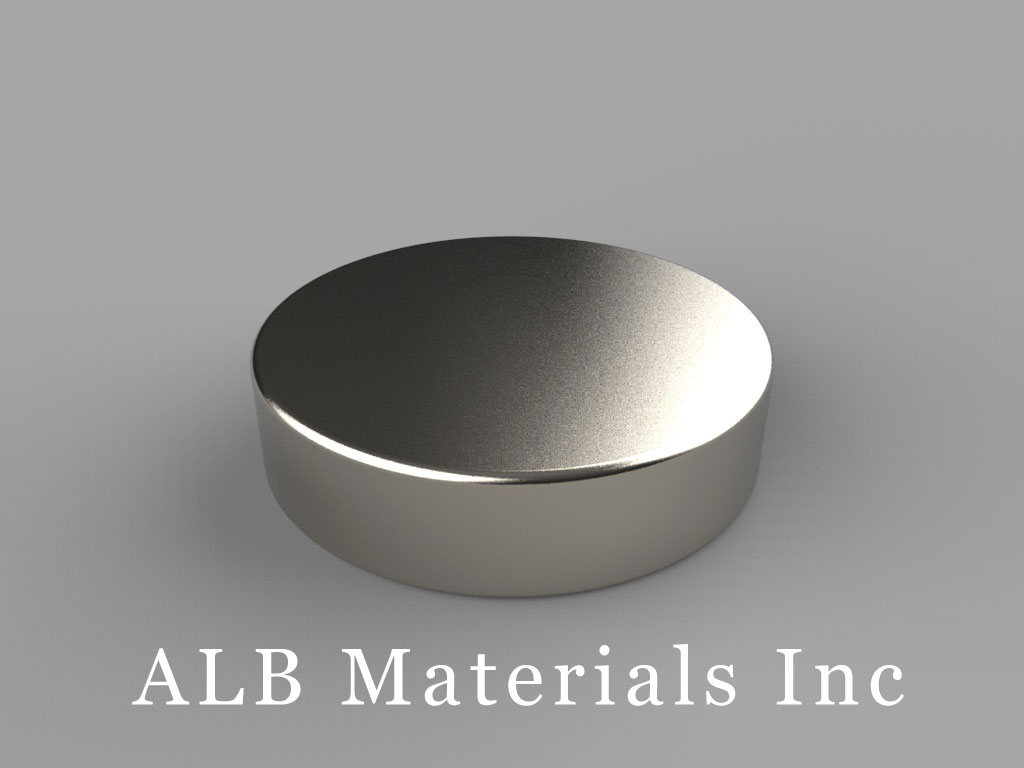401 Ryland St. Ste 200-A,
Reno, NV 89502
United States
E-mail: sales@albmaterials.com
- B885 Neodymium Magnets, 1/2 inch x 1/2 inch x 5/16 inch thick
- RX038DCB-N52 Neodymium Magnets, 1 inch od x 0.195 inch id x 0.375 inch id x 1/2 inch thick
- B-W25.4H19.05L38.1-N52 Neodymium Magnet, 38.1x25.4x19.05mm Block Magnet
- D12x3mm Neodymium Magnet, 12 x 3mm Disc Magnet
- D-D12H1.5-N42 Neodymium Magnet, 12x1.5mm Disc Magnet
- D-D4H2-N45 Neodymium Magnet, 4x2mm Disc Magnet
- B888PC-WHT Plastic Coated Neodymium Magnets
- B39x9x5.5mm Neodymium Magnet, 39 x 9 x 5.5mm Block Magnet
- DC2-N52 Neodymium Magnets, 3/4 inch dia. x 1/8 inch thick
- D-D18H5-N48 Neodymium Magnet, 18x5mm Disc Magnet
- DDH2 Neodymium Magnets, 13/16 inch dia. x 2/10 inch thick
- MMS-G-Y8 Standard Mounting Magnets
- R211 Neodymium Magnets, 1/8 inch od x 1/16 inch id x 1/16 inch thick
- BC21 Neodymium Magnets, 3/4 inch x 1/8 inch x 1/16 inch thick
- DY0X8 Neodymium Magnets, 2 inch dia. x 1 1/2 inch thick
- DX02G-N52 Neodymium Magnets, 1 inch dia. x 1/8 inch thick
Permanent Magnet Applications
Permanent Magnet Applications
What is Magnetism?
Ferromagnetism
If the alignment of unpaired electrons persists without the application of an external magnetic field or electric current, it produces a permanent magnet.
Permanent magnets are the result of ferromagnetism.
The prefix “Ferro” refers to iron because permanent magnetism was first observed in a form of natural iron ore called magnetite, Fe3O4.
Pieces of magnetite can be found scattered on or near the surface of the earth, and occasionally, one will be magnetized.
These naturally occurring magnets are called lodestones.
“We still are not certain as to their origin, but most scientists believe that lodestone is magnetite that has been hit by lightning,” according to the University of Arizona.
People soon learned that they could magnetize an iron needle by stroking it with a lodestone, causing a majority of the unpaired electrons in the needle to line up in one direction.
According to NASA, around A.D.
1000, the Chinese discovered that a magnet floating in a bowl of water always lined up in the north-south direction.
The magnetic compass thus became a tremendous aid to navigation, particularly during the day and at night when the stars were hidden by clouds.
Other metals besides iron have been found to have ferromagnetic properties.
These include nickel, cobalt, and some rare earth metals such as samarium or neodymium which are used to make super-strong permanent magnets.
Other forms of magnetism
Magnetism takes many other forms, but except for ferromagnetism, they are usually too weak to be observed except by sensitive laboratory instruments or at very low temperatures. Diamagnetism was first discovered in 1778 by Anton Brugnams, who was using permanent magnets in his search for materials containing iron.
Magnetic materials that are difficult to demagnetize are used to construct permanent magnets.
Permanent magnet applications are in loudspeakers, earphones, electric meters, and small motors.
A loudspeaker consists of a wire carrying an alternating current.
When the wire is in the magnetic field of the permanent magnet it experiences a force that generates a sound wave by alternate compression and rarefaction of the surrounding air when the alternating frequency of the current is in the audible range.
The more esoteric applications of magnetism are in the area of magnetic recording and storage devices in computers, and in audio and video systems.
Magnetic storage devices work on the principle of two stable magnetic states represented by the 0 and 1 in the binary number system.
Floppy disks have dozens of tracks on which data can be digitally written in or stored by means of a write-head and then accessed or read by means of a read-head.
A write-head provides a strong local magnetic field to the region through which the storage track of the disk is passed.
The read-head senses stray magnetic flux from the storage track of the disk as it passes over the head.
Another example of digital magnetic storage and reading is the magnetic stripe on the back of plastic debit and credit cards.
The magnetic strip contains identification data which can be accessed through, for example, an automatic teller machine.
Magnet Myths and Practical Uses
Every time you use a computer, you're using magnets.
A hard drive relies on magnets to store data, and some monitors use magnets to create images on the screen.
If your home has a doorbell, it probably uses an electromagnet to drive a noisemaker.
Magnets are also vital components in CRT televisions, speakers, microphones, generators, transformers, electric motors, burglar alarms, cassette tapes, compasses, and car speedometers.
In addition to their practical uses, magnets have numerous amazing properties.
They can induce current in wire and supply torque for electric motors.
A strong enough magnetic field can levitate small objects or even small animals.
Maglev trains use magnetic propulsion to travel at high speeds, and magnetic fluids help fill rocket engines with fuel.
The Earth 's magnetic field, known as the magnetosphere, protects it from the solar wind.
Magnetic Resonance Imaging (MRI) machines use magnetic fields to allow doctors to examine patients' internal organs.
Doctors also use pulsed electromagnetic fields to treat broken bones that have not healed correctly.
This method, approved by the United States Food and Drug Administration in the 1970s, can mend bones that have not responded to other treatments.
Similar pulses of electromagnetic energy may help prevent bone and muscle loss in astronauts who are in zero-gravity environments for extended periods.
Magnets can also protect the health of animals.
Cows are susceptible to a condition called traumatic reticulopericarditis, or hardware disease, which comes from swallowing metal objects.
Swallowed objects can puncture a cow's stomach and damage its diaphragm or heart.
Magnets are instrumental to preventing this condition.
One practice involves passing a magnet over the cows' food to remove metal objects.
Another is to feed magnets to the cows.
Long, narrow alnico magnets, known as cow magnets, can attract pieces of metal and help prevent them from injuring the cow's stomach.
The ingested magnets help protect the cows, but it's still a good idea to keep feeding areas free of metal debris.
People, on the other hand, should never eat magnets, since they can stick together through a person's intestinal walls, blocking blood flow and killing tissue.
In humans, swallowed magnets often require surgery to remove.
Cow magnets
Some people advocate the use of magnet therapy to treat a wide variety of diseases and conditions.
According to practitioners, magnetic insoles, bracelets, necklaces, mattress pads, and pillows can cure or alleviate everything from arthritis to cancer.
Some advocates also suggest that consuming magnetized drinking water can treat or prevent various ailments.
Americans spend an estimated $500 million per year on magnetic treatments, and people worldwide spend about $5 billion.
One is that the magnet attracts the iron found in hemoglobin in the blood, improving circulation to a specific area.
Another is that the magnetic field somehow changes the structure of nearby cells.
However, scientific studies have not confirmed that the use of static magnets has any effect on pain or illness.
Clinical trials suggest that the positive benefits attributed to magnets may actually come from the passage of time, additional cushioning in magnetic insoles or the placebo effect.
In addition, drinking water does not typically contain elements that can be magnetized, making the idea of magnetic drinking water questionable.
Some proponents also suggest the use of magnets to reduce hard water in homes.
According to product manufacturers, large magnets can reduce the level of hard water scale by eliminating ferromagnetic hard-water minerals.
However, the minerals that generally cause hard water are not ferromagnetic.
A two-year Consumer Reports study also suggests that treating incoming water with magnets does not change the amount of scale buildup in a household water heater.
Even though magnets aren't likely to end chronic pain or eliminate cancer, they are still fascinating to study.
Permanent Magnet Applications Guide
How are magnets used? To answer this question, let’s review the key features of each of our product groups, identify specific applications for each product, and then go into detail about the operation of various magnetic devices.
Permanent magnet applications can be divided into 3 categories, as follows:
CATEGORY #1: Applications that make use of the attractive and/or repelling force of the magnet, i.e., the attraction between a magnet and a soft magnetic material, such as a piece of iron or steel, or the attraction or repulsion between two magnets, is used to do mechanical work.
The following applications are in this category:
Magnetic separators, magnetic holding devices, such as magnetic latches.
Magnetic torque drives
Magnetic bearing devices
CATEGORY #2: Applications that make use of the magnetic field of the magnet to convert mechanical energy to electrical energy.
Some of these applications are: Magnetos
Generators and alternators
Eddy current brakes (used widely for watt-hour meter damping).
(This application could be listed under electrical to mechanical energy conversion;
but as mechanical energy is used to create the eddy currents, it will be discussed with this group.)
CATEGORY #3: Applications that make use of the magnetic field of the magnet to convert electrical energy to mechanical energy.
Some of these applications are: Motors
Part of the content in this article is reproduced from other media for the purpose of transmitting more information and does not mean that this website agrees with its views or confirms the authenticity of its content. It shall not bear direct responsibility and joint liability for the infringement of such works.
If there is any infringement, bad information, error correction, and other issues in the content of this page, please contact us at info@albmaterials.com
Link to this article: https://www.albmagnets.com/blog/permanent-magnet-applications.html
How to choose and buy a strong neodymium magnet? ALBMagnets is a professional company for strong magnet design and manufacturing,
providing you with reliable N35, N38, N42, N52, N42SH and other grade super neodymium magnets and SmCo rare earth magnets.




